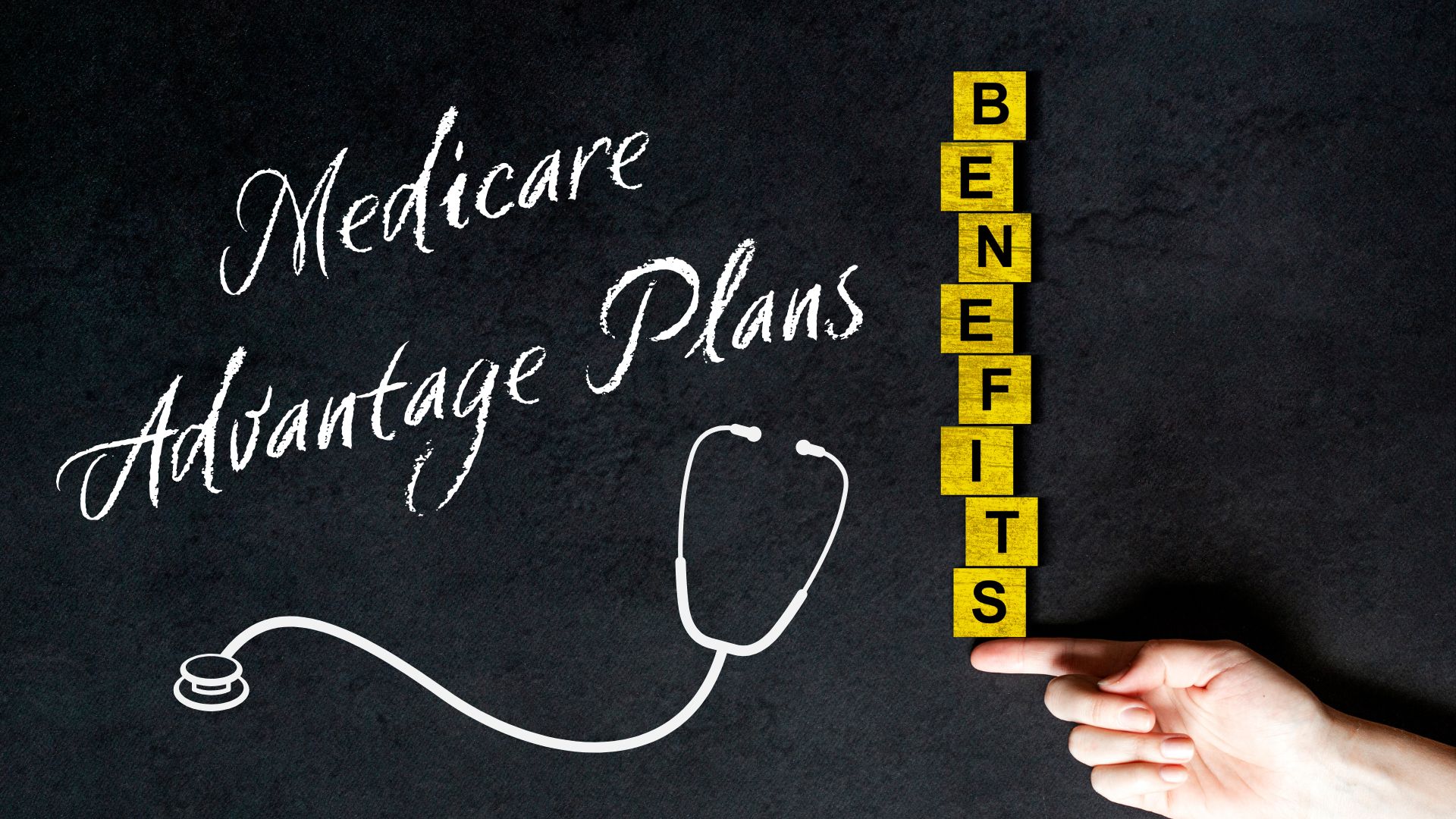Medicare Grocery Allowance: Helping Seniors Access Nutritious Food
Imagine standing in the grocery store, carefully adding up the cost of everything in your cart to make sure it fits into your budget. Now imagine being a senior on a fixed income with medical issues to manage. Fresh, healthy food? It’s often the first thing to go when every dollar needs to stretch a mile. Enter the Medicare Grocery Allowance, a program designed to make sure older adults don’t have to choose between eating well and making ends meet.
It’s a benefit that’s flying under the radar but could make a huge difference in the lives of seniors across the country. Offering aid where it’s desperately needed, this allowance isn’t just about dollars. It’s about dignity and health. Let’s unpack what it is, who qualifies, and why it matters.
What Is the Medicare Grocery Allowance?
The Medicare Grocery Allowance is a key benefit rolled into select Medicare Advantage plans. Designed for seniors facing chronic conditions or financial hardships, these plans may include a prepaid card loaded with a set amount each month to help with grocery costs. Think of it as a financial boost, specifically meant to help seniors stock up on nutritious essentials rather than stretching their budgets thin with unhealthy, low-cost foods.
These perks aren’t universal across all Medicare plans. They’re typically found in specialized programs like Chronic Condition Special Needs Plans (C-SNPs), Dual Special Needs Plans (D-SNPs), or the Programs of All-Inclusive Care for the Elderly (PACE). The goal? To help seniors manage their conditions by eating better and living healthier. Because let’s be honest, you can’t exactly fight diabetes or heart disease with a pantry full of instant noodles.
Who Qualifies for This Benefit?
The Grocery Allowance isn’t a one-size-fits-all deal, and not everyone with Medicare will qualify. To access it, you usually need to be enrolled in one of those specialized plans mentioned earlier. These plans are aimed at individuals who need a little extra help because of specific health conditions or financial struggles. Dual-eligible patients, meaning those who qualify for both Medicare and Medicaid, are often included.
For instance, if you’re managing a chronic illness like diabetes, or you’re part of a low-income household trying to piece together decent medical and life coverage, you may be in luck. Plan providers decide the specifics, so you’d need to check the fine print to confirm whether your area offers such a benefit.
Making a Difference, Statistically Speaking
Food insecurity is not just a term—it’s a grim reality. Did you know that an estimated 5.2 million older Americans often struggle to put food on the table? That’s nearly 1 in 10 seniors. For many, it’s a constant balancing act between paying for health care, household expenses, and basic nutrition.
Programs like the Grocery Allowance aim to chip away at this issue. Better access to nutritious food allows seniors to maintain healthier lifestyles, reduce hospital visits, and manage chronic conditions more effectively. It’s a ripple effect with big implications. Healthy eating equals better health outcomes, which in turn can lead to lower medical costs. It’s not just about calories; it’s about quality of life.
Real Stories, Real Impact
What does this look like day-to-day? Take Martha from Valencia CA., for example. She’s 72, on a fixed income, and trying to stay ahead of her diabetes. With her Grocery Allowance card, Martha now picks up fresh produce and lean proteins regularly, instead of relying on canned soups and boxed mac and cheese. “It’s not just food. It’s freedom,” she says.
Or John, a Vietnam veteran managing high blood pressure. With his extra assistance, he’s been able to buy ingredients for heart-healthy meals, cutting down on sodium-packed processed foods. He told his local community group that he’s even sleeping better, not stressing over how he’ll afford next week’s groceries.
How to Access the Medicare Grocery Allowance
These examples aren’t isolated. Programs like these ripple across families and communities, offering a simple solution to a complicated problem.
The Medicare Grocery Allowance typically provides financial assistance ranging from $25 to $200 per month, depending on the specific Medicare Advantage plan. Some plans may offer even higher amounts for individuals with chronic health conditions requiring special dietary needs.
To apply for this benefit, individuals should:
- Search for Medicare Advantage Plans: Look for plans offering a grocery allowance, such as Chronic Condition Special Needs Plans (C-SNPs) or Dual Special Needs Plans (D-SNPs).
- Gather Documentation: Prepare proof of Medicare enrollment, income verification, and any medical documentation outlining dietary needs.
- Contact Plan Providers: Reach out to Medicare Advantage plan providers or licensed agents to explore options and eligibility.
- Submit an Application: Complete the application form provided by the plan provider and submit it through the designated channels (online, by mail, or in person).
Search terms like “Medicare Advantage grocery allowance application” or “how to apply for Medicare food card” can help locate specific resources and plan details.
Looking Ahead
What does the future hold for programs like the Medicare Grocery Allowance? While not yet offered nationwide, there’s growing momentum for expanding nutritional benefits across all seniors. Advocacy groups are calling for wider adoption, and the results so far make a strong case. Reducing food insecurity doesn’t just improve individual lives; it strengthens a country’s overall well-being.
Of course, challenges exist. Funding, logistics, and making sure benefits are used for their intended purpose are all ongoing battles. But with an aging population facing rising food and health care costs, the need for these programs is only going to grow.
The Bottom Line
Access to nutritious food should never be considered a luxury, especially for seniors who’ve spent their lives working for a better tomorrow. The Medicare Grocery Allowance offers a lifeline to those struggling to meet this most basic of needs.
If you or someone you love might be eligible, it’s worth exploring plan options and seeing what’s out there. Because at the end of the day, this isn’t just about convenience or saving a buck; it’s about giving seniors the tools they need to live out their golden years with health and dignity intact. And hey, who doesn’t deserve that?


